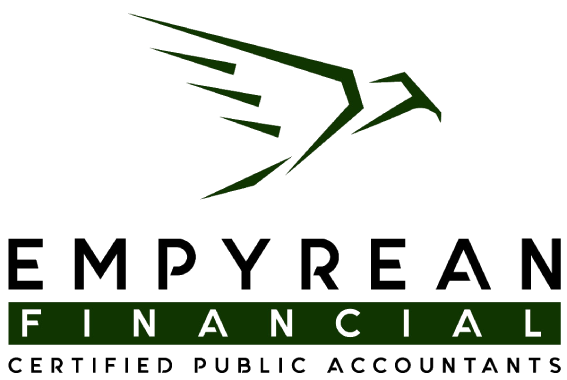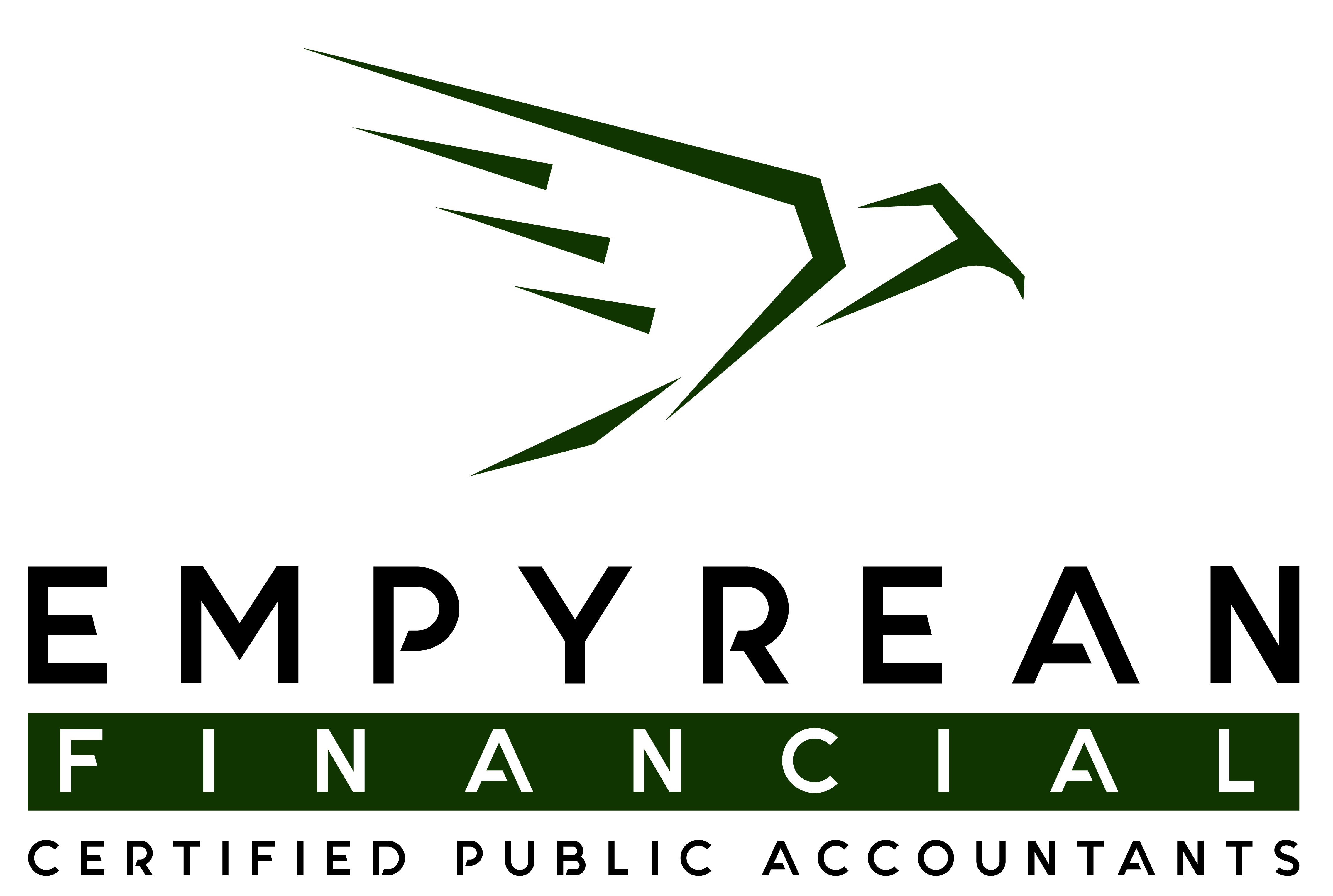In business, numbers tell the story. But are you listening to the right ones?
Many entrepreneurs make the mistake of focusing solely on profit while overlooking the lifeblood of any business—cash flow. On the surface, profit and cash flow may seem similar. Both are financial indicators tied to income and expenses. But understanding the differences—and how each one affects your business—is essential for sustainable growth.
We often meet business owners who wonder why their company shows a profit but they’re still struggling to pay the bills. This blog breaks down what profit and cash flow actually mean, how they differ, and why you need both to scale confidently and avoid financial blind spots.

What is Profit?
Profit is what’s left after your expenses are subtracted from your revenue. It’s often referred to as your bottom line, and it’s what determines your taxable income.
There are three types of profit to know:
- Gross Profit: Revenue minus cost of goods sold (COGS).
- Operating Profit: Gross profit minus operating expenses like rent, utilities, and payroll.
- Net Profit: What remains after all expenses, including taxes and interest, are deducted—this is your true profit.
Why it Matters: Profit is a key measure of business efficiency and success over time. Investors, lenders, and stakeholders look at your profit margins to determine if your business is viable and scalable.
But here’s the kicker: Profit doesn’t guarantee cash in the bank.
What is Cash Flow?
Cash flow refers to the actual movement of money in and out of your business.
There are three primary types of cash flow:
- Operating Cash Flow: Cash generated from your core business operations.
- Investing Cash Flow: Cash spent or received from investments like equipment or property.
- Financing Cash Flow: Cash from loans, repayments, or investments.
Cash flow answers this question: Can your business meet its financial obligations today and tomorrow?
Why it Matters: Positive cash flow means your business can pay salaries, vendors, taxes, and reinvest in growth. Negative cash flow, even in a profitable business, can lead to missed payments, lost opportunities, and ultimately, failure.
Profit vs. Cash Flow: Key Differences
| Profit | Cash Flow |
Definition | Income after expenses | Actual money in/out |
Timing | Accrual-based (can be delayed) | Real-time |
Relevance | Measures long-term success | Measures day-to-day financial health |
Focus | Theoretical earnings | Practical liquidity |
Impacts | Taxes, performance analysis | Payments, payroll, reinvestment capacity |
In short: Profit shows how well your business is performing on paper, while cash flow reveals your ability to operate and grow in reality.
Why Both Metrics Matter for Business Growth
1. Profit Attracts Investors, Cash Flow Keeps You Operational
Profitability signals that your business has long-term potential. But solid cash flow is what keeps the lights on. You may have a profitable month on paper, but if clients haven’t paid yet, you can’t fund payroll or buy inventory.
Example: A construction company may book $500,000 in revenue on a contract but not receive payment for 90 days. That’s profit, not cash flow. If they don’t have enough liquidity in the meantime, operations stall.
2. Cash Flow Helps You Avoid Debt and Penalties
Many small businesses take on debt not because they’re unprofitable, but because they run into cash flow shortages. By tracking and forecasting cash flow, you can avoid emergency loans or overdraft fees.
Check out our post on 10 Ways to Improve Cash Flow Management for Your Small Business
3. Profit Without Cash can be Misleading
You might have thousands in net profit and still be broke. How? Because profit includes non-cash items like accounts receivable or asset depreciation. You can’t pay your team or bills with “paper profit.”
That’s why we advise all Empyrean clients to monitor both profit statements and cash flow reports side by side.
4. Cash Flow Allows for Strategic Timing
With a cash buffer, you can:
- Invest in marketing during low seasons
- Take advantage of vendor discounts
- Hire when the right talent becomes available
Without it? You’re constantly reacting instead of planning.
Growth Tip: How to Balance Both
At Empyrean CPAs, here’s what we recommend:
Run Monthly Financial Statements
Compare your profit and cash flow reports regularly. Identify discrepancies and trends.
Use a Rolling Cash Flow Forecast
Plan at least 3–6 months out. Know when large bills, tax deadlines, or delayed receivables are coming.
Monitor Your Working Capital
Keep track of accounts receivable, payable, and inventory turnover. These affect short-term cash availability.
Use KPIs to Guide Decisions
Track key financial indicators like net profit margin, operating cash flow, and current ratio. These help guide decisions on hiring, investing, and budgeting.
CPA Insight: What to do When Numbers don’t Align
Sometimes businesses report profits but still face cash shortages. In these cases, a professional CPA can help you:
- Restructure payment terms
- Improve billing and collections
- Identify unnecessary cash drains
- Reorganize debt or credit lines
- Optimize tax payments or deductions
Need help choosing a CPA? Read: Choosing the Right CPA for Your Business: A Smart Owner’s Guide
Final Thoughts
Your business success isn’t just about profit margins. It’s about cash flow and profit working together.
- Profit shows your business can grow.
- Cash flow ensures it can survive and thrive while doing so.
Focusing on both allows you to make smarter decisions, weather uncertainty, and scale confidently.
Want clearer insights into your business numbers?
Let Empyrean CPAs help you track what matters—and make decisions that drive growth.
Schedule a consultation or call/text us at (479) 751-6615







